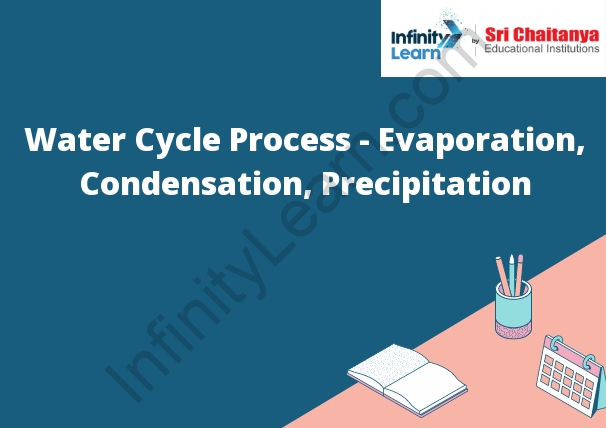Table of Contents
Define the Water Cycle Process?
The water cycle is the continuous process of water evaporating from the Earth’s surface, condensing into clouds, precipitating as rain or snow, and flowing back to the Earth’s surface.

Overview of Water Cycle Process
The water cycle is the continuous process of water evaporating from the Earth’s surface, condensing into clouds, falling as precipitation, and flowing back to the Earth’s surface. The water cycle is driven by energy from the sun, which evaporates water from the Earth’s surface. The water vapor rises into the atmosphere, where it cools and condenses into clouds. The water in the clouds falls as precipitation, either as rain or snow. Precipitation flows back to the Earth’s surface as runoff, either directly or via rivers and lakes. The water then flows back to the Earth’s surface and the cycle begins anew.
Effects on Climate
The greenhouse effect is a natural process that helps to warm the Earth’s atmosphere. Certain gases in the atmosphere, such as water vapor, carbon dioxide, and ozone, trap energy from the sun. This trapped energy then warms the Earth’s atmosphere. Without the greenhouse effect, the Earth’s average temperature would be about 59 degrees Fahrenheit, instead of the current 59 degrees Fahrenheit.
The greenhouse effect is important because it helps to keep the Earth’s atmosphere warm enough to support life. However, too much of certain greenhouse gases can cause the Earth’s atmosphere to warm too much, which can lead to climate change.
Steps of the Water Cycle
The water cycle is the process that water goes through to move from the Earth to the sky and back to the Earth again. It starts with the sun heating up water in the oceans, rivers, and lakes. The water turns into vapor and rises into the sky. The vapor then cools off and turns back into water droplets. These water droplets come back down to Earth as rain, snow, or hail.






